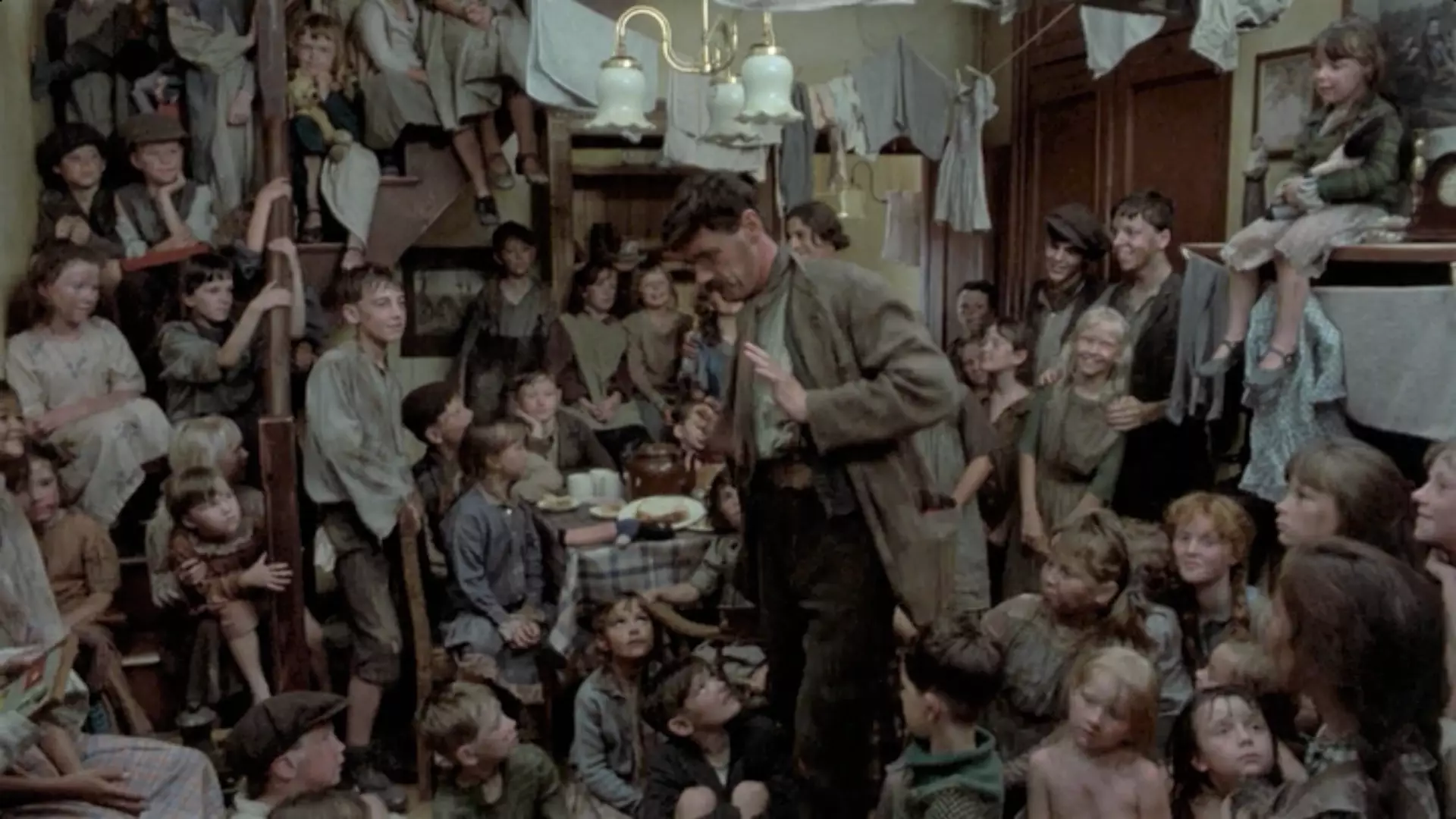6. Life History Traits

What will you learn in this lecture:
To understand the necessity of tradeoffs in the evolution of life history traits.
- Explaination of the relative advantages of semelparous vs. iteroparous reproduction through a consideration of Cole's Paradox.
- Overview of the concepts of r and K selection, and the major traits associated with each.
- How to relate these to Grime's C-S-R Triangle model, and why r vs. K may not function in stressful environments.
Enrolled students of fall 2024 should watch this lecture before October 1.
What questions should you be able to answer now?
- What are the traits of r and K species? How do those properties differ, if we operate in an environment with scarce resources?
- What are the main trade-offs of life history in different environments?
- What is Cole's Paradox and what does it mean for the energy efficiency of species
- When is iteropary useful? Why?
Useful links and materials:
Chapter 8 in: Krebs, Charles J. Ecology: The Experimental Analysis of Distribution and Abundance.
Chapter 10 in: Krebs, Charles J. Ecology: The Experimental Analysis of Distribution and Abundance.
Featured image: "Every Sperm is Sacred." Scene from Monty Python's Meaning of Life exhibits the r-selection characteristics of Homo sapiens.